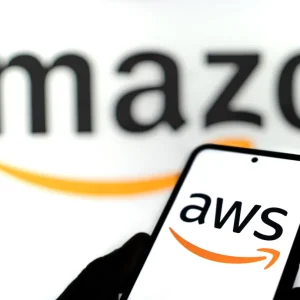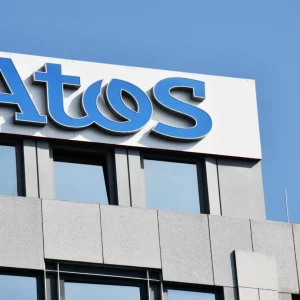
As cloud services grow in popularity, the lure of platforms for building applications can be considered as one of the main factors that contribute to that growth.
The ability to quickly develop applications that can directly influence your business, how you engage with your customers and a myriad of other benefits, all mean that a good and easy to use platform is a must.
It’s important to note that different platforms will have their pros and cons and will appeal to different types of development. One platform for example may be better suited to coders, while another to DevOps and another to the rapid developer.
To help you identify some of the best offerings out there, CBR has compiled a list in no particular order of what you should be looking to use.
1. Heroku Enterprise
Acquired by Salesforce in 2011, Heroku is designed for app developers who spend their time on application code rather than anything like managing servers or deployment.
As Salesforce has increasingly brought together its services, elements such as Heroku Enterprise have benefited from the tight integration with the company’s CRM system.
It now forms a major part of the Salesforce App Cloud which was released last year in September. It brings together a whole raft of the company’s technology including the likes of Force.com and of course, Heroku Enterprise.
According to the company it now powers more than five million apps and eight billion requests per day.
Heroku offers both vertical and horizontal scaling and support languages such as Go, Java, JS.Node, Php, Python, Ruby and Scala.
2. Microsoft Azure
As one of Gartner’s leaders in both the PaaS and IaaS markets, Azure has plenty to offer developers.
With a combination of both managed and unmanaged applications, the platform allows for developers to choose their best route; flexibility is key.
With support for application languages such as Dotnet, Java, JS.Node, Oracle, C#, Windows Linux Ruby and the ability to be extensible, it certainly gives the flexibility for developers to build applications that work on any device.
In addition to these languages it provides managed SQL and NoSQL data services and built in support that will help you gain insights from your data.
3. Red Hat OpenShift
For the open source conscious application developer there is Red Hat’s OpenShift PaaS offering that is designed for a high level of customisation.
OpenShift offers OpenShift Online, which is a cloud-based hosting service, and Enterprise which is a private PaaS that runs in your data centre.
One of the key benefits of using this is that it can automate system administration tasks such as configuration and virtual server provisioning.
It offers horizontal, vertical and auto scaling along with programming languages that include Java, JS.Node, Perl, Php, Python and Ruby.
4. IBM Bluemix
Big Blue comes in with a big offering in the PaaS space with several supported programming languages and integrated DevOps, which helps app developers to build, run, deploy and manage applications in the cloud.
Based on the Cloud Foundry open technology, so you don’t have to worry too much about getting locked in to any vendor, it runs on SoftLayer infrastructure.
Bluemix became generally available in June 2014 and offers Java, Node.js, Go, PHP, Python, Ruby Sinatra and Ruby on Rails.
If that isn’t enough for you then it can also be extended so that is supports other languages such as Scala.
Another of the areas that the offering is strong is with its add-ons; the platform offers 28 of them. And supports over 100 IBM, third-party and open source services to help you power your applications.
5. Google App Engine
With the Google App Engine you can make the most of the company’s infrastructure and low low costs.
Google has designed its App Engine so that it is extremely easy to use for building, maintaining and scaling your applications.
As there are no servers for you to maintain you only need to worry about building the application.
With horizontal and auto scaling it also offers languages such as Go, Java, Php and Python, while popular frameworks like Flash, Django and Bottle are also available.
As Google uses a sandbox environment to run your applications it means that requests are distributed across multiple servers so that the application can better meet traffic demands.
In addition to this, to ensure up-time your applications run in their own secure environment that is hardware, the operating system and physical location.
One of the downsides though is the lack of add-ons.






